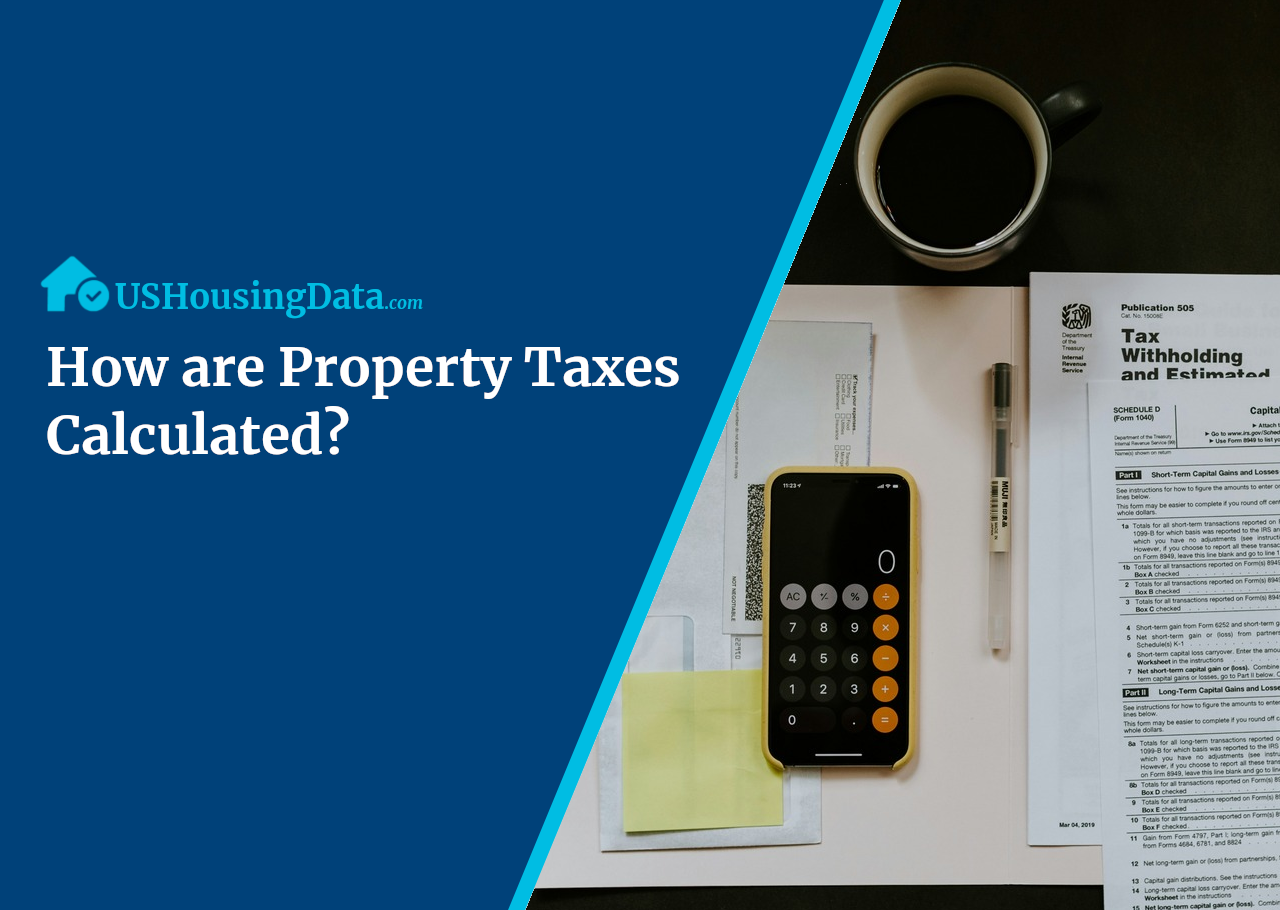
Understanding Property Tax Calculation
In many countries, property taxes play a vital role in funding local services and projects. Understanding how property taxes are calculated can help homeowners plan their finances effectively.
Calculation Basics
Property taxes are typically calculated based on the assessed value of a property. This assessed value is determined by local authorities and is often influenced by factors like the property's size, location, and amenities.
Once the assessed value is established, it's multiplied by the local tax rate to determine the annual property tax amount. The tax rate is set by local governments and is a crucial factor in the overall calculation.
Historical Evolution of Property Tax Calculation
The history of property tax calculation spans centuries, beginning with ancient civilizations using rudimentary assessments for communal funding. Feudal systems added detail, considering factors like land fertility. Modernization led to standardized methods, and the 20th century saw global diversification. Understanding this evolution provides insights into contemporary systems' adaptability.
International Approaches
Interestingly, different countries employ diverse methods to calculate property taxes. For instance, in Denmark, property taxes are determined by the property's assessed value, while Japan utilizes a combination of land and building assessments. These unique approaches highlight the flexibility in property tax systems, tailored to specific needs and circumstances.
Alan Reed

Alan is a real estate investor based in Northeast Pennsylvania with experience renovating and operating everything from single-family rentals to strip malls and storage facilities.
April 19, 2024 (Updated April 22, 2024)
